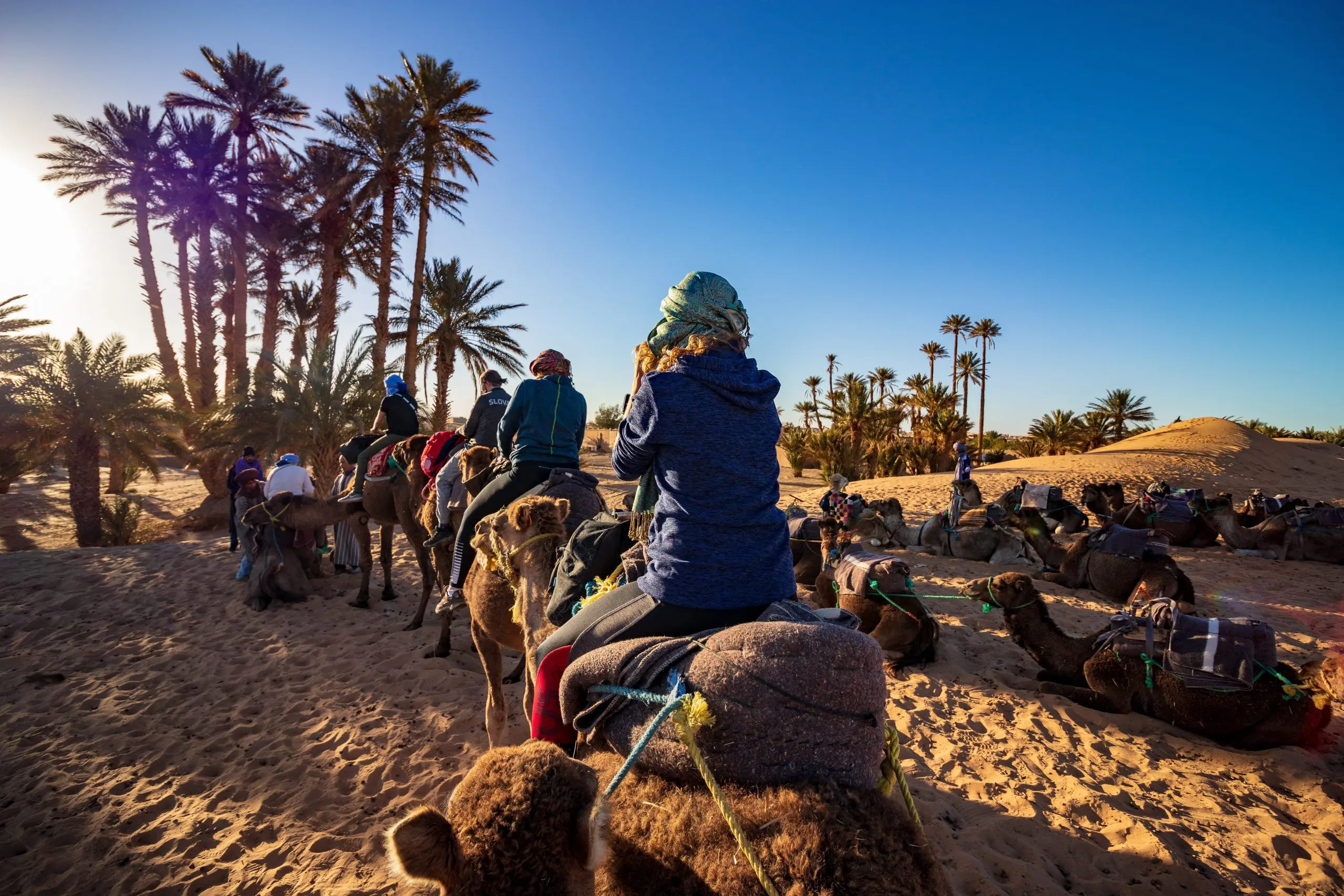You may have seen many wonders of the world, but seven wonders of Egypt should still blow your mind! Egypt has been a hot destination for travelers for decades. The mystic culture, ancient wonders and traditions crown Egypt with our unlimited attraction.
When booking your Egpyt tours, make sure you get to see every corner of every wonder of Egypt as they all provide remarkable and unique experiences. On my Egypt trip with Travel Talk, I also had the benefits of having a professional Egyptologist guide on our pack, Sam, who was wondrous himself!
And now, seven wonders of Egypt:
Great Pyramid of Giza

Clearly on the top of the list. This is the largest and oldest of the 3 pyramids in the Giza acropolis, just by Cairo. The only remaining member of the seven wonders of the world, and it is a flight away. It is simply astonishing.
The Great Sphinx, Giza

Needles to explain, the huge giant semi-human semi-lion statue is one of the most important ancient structures of ancient world. It is also one of the largest single-stone statues on Earth. The word says Napoleon might be to blame for the missing nose!
Temple of Luxor, Luxor

Formerly known as Thebes, Luxor had hosted many festivals in ancient Egypt, and the Temple of Luxor was in the center of the most important ones. The entrance to the temple is through the north, where a path lined by sphinxes once led all the way to Al-Karnak.
Cairo

The capital city hosts about 16 million people making it one of the most crowded metropolitans. Founded near the cities of Babylon, Heliopolis, Giza and the old capital Memphis, the city has gathered thousands of years of culture within its walls.
Saqqara, South of Cairo

One of the other remarkable stops on my Egpyt Tour, Saqqara is a vast ancient burial ground serving as the necropolis of Memphis, the capital of ancient Egypt and hosts the famous step pyramid of Djoser.
Temple of Karnak, Al-Karnak

Probably the second most visited touristic site in Egypt, Karnak is the largest ancient religios site in the world! It has four major parts, of which the largest is accessible by the general public. The unique part of Karnak is that its construction occurred over a long period and with contributions by about 30 pharoahs, making it special in complexity.
 February Sale; 2 For 1
February Sale; 2 For 1  Croatia Sailing : 2 For 1
Croatia Sailing : 2 For 1 Asia Tours : 2 For 1
Asia Tours : 2 For 1 Central & Eastern Europe Tours: 2 For 1
Central & Eastern Europe Tours: 2 For 1  Why Travel Talk
Why Travel Talk Travel Talk Blog
Travel Talk Blog Responsible Travel
Responsible Travel Fair Travels with Travel Talk
Fair Travels with Travel Talk